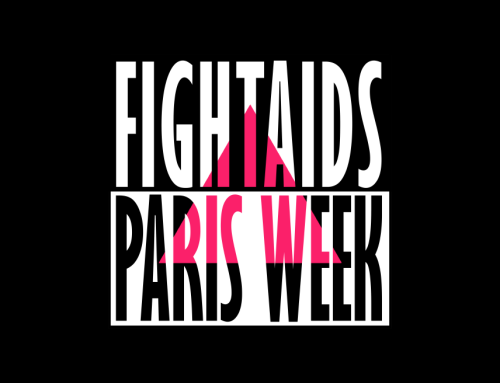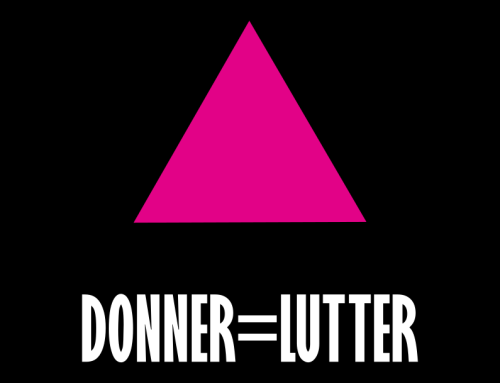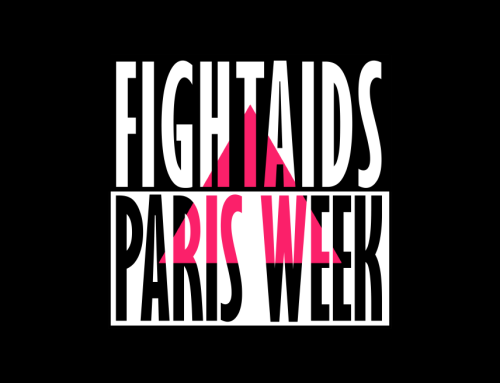Contact: Gaëlle Krikorian: + 33 6 09 17 70 55/ 658 520 872 (Barcelona local number)
Almost 10 000 people die of AIDS every day.
Today we know how to fight the epidemic; we know that HIV-infected people in developing countries are not doomed, but can be kept alive; we know what treatments to implement.
And yet, the epidemic keeps spreading; every year millions of people are infected and die.
There is only one explanation for this state of things : world leaders refuse to invest the necessary funds.
One year ago the G8 countries and the Member States of the United Nations acknowledged it was necessary to spend a minimum of ten billions dollars a year to fight AIDS and committed themselves to providing this amount.
Today one question on everyone’s mind is : where is the 10 billion dollars?
There are solutions
When multitherapies were launched six years ago and sick people asked for access to antiretrovials everywhere in the world, the reaction of donors was the same : they were unanimous in rejecting such a request which they
considered unacceptable, utopian and demagogic.
Throughout the years we removed obstacles one after the other:
– It is now at last recognized that an efficient policy to fight the epidemic combines treatment and prevention, and that excluding one of these two components for economic reasons turns out to be a disaster not only in terms of public health, but also in terms of economic development.
The opinion that only prevention measures could stem the epidemic prevailed for twenty years : it led to the infection and deaths of millions of people.
Experts are absolutely sure : an efficient form of prevention requires people becoming aware of the disease and therefore getting medical care.
Right now only antiretrovirals fight the virus and keep people alive; they fundamentally change our approach to the disease.
But twenty years of self-deception and miserliness have elapsed with millions of people dying and the epidemic relentlessly spreading in size and scope, before the wisdom of worn-out clichés which determined our way of
thinking and acting, was challenged.
– NGOs and HIV researchers have proved access to antiretroviral treatments is feasible in resource-poor countries.
Medical care with antiretrovials is possible; molecules are naturally just as effective for people in developing countries as for people in developed countries; the patients who are being treated with antiretrovirals perfectly comply with the treatment regimens if they understand their future is at stake.
Since multitherapies were launched, international donors have been claiming that the cost of such medicines is too high for them to pay for the medical care of people living with HIV/AIDS in poor countries.
For two years, however, generic copies of particularly expensive antiretrovirals have been produced in developing countries by public institutions (Brazil, Thailand) or private companies (India) and sold at much lower prices than those of brand-name drugs by patent holders.
In October 2000 an Indian producer launched a generic tritherapy for $ 800 a year, which represented a saving of more than 90% in comparison with the prices of multinational corporations. In February 2001 his price dropped to $350. In October 2001 the price of another producer came down to $295. Right now the lowest prices are close to $200.
The marketing of these low-cost generic drugs immediately resulted in Big Pharma adjusting its own prices despite the fact that until then it had adamently refused to accede to the entreaties of UN agencies and grant significant price reductions to developing countries.
Thus the marketing of generic antiretrovials has proved two things:
– that medicines can be sold at prices much lower than those of western pharmaceutical companies( we do not know the marginal costs of production yet, but they must undoubtedly be lower than the prices of generic producers)
-that generic competition is the most efficient means to get a drastic and lasting reduction in the prices of medicines. Such competition is much more persuasive and efficient than occasional charitable donations by patent holders enjoying a monopoly situation.
Last december, during the Internationale Conference of WTO in Doha, the 142 Member States signed on a declaration recognizing the right for the countries to produce and import low cost generic drugs.
Now all patients should have access to these medications; countries should be able to buy large quantities of generics.
|
commit to devoting O.O5% at least of their GNP to the funding of the fight against AIDS. |
|
of the promotion campaign of anti-AIDS generic medicines: For medicines to become affordable, several measures Access to generics is of fundamental importance The WHO must not embroil developing countries The WHO must be able to provide countries with The WHO must speed up the process of endorsing The WHO must provide developing countries with The WHO must support countries trying to develop The WHO must provide developing countries wishing |
Today the key issue is to rapidly scale up access to medicines in developing countries, to increase the number of health care centers and make it
possible for many more people to have access to treatments in the countries where only a few hundred people are being treated.
World leaders are responsible for the disaster
Since the prices of medicines can be significantly reduced, nothing should prevent rich countries from undertaking to fund bulk purchasing of treatments and the strengthening of health care structures in order to widen access to medicines for people with AIDS in poor countries.
Yet, the necessary funds are not available.
In april 2001 at the African Summit on HIV/AIDS, tuberculosis and other infectious diseases in Abuja, Kofi Annan announced the creation of a Global
Fund with an annual commitment of 10 billion dollars to fight AIDS, and declared: « It is unacceptable that the poorest sick people cannot have access to medicines that have changed the lives of sick people in rich countries.»
One year later, despite the pledges of the Member States of the United Nations in June 2001 and of the G8 countries in July 2001, the proposed 2002 funding does not reach 2.08 billion dollars and the funds disbursed this year will reach only 700 to 800 million dollars.
At UNGASS last June in New York and then at the Genoa meeting of the G8 heads of state in July, developed countries committed themselves to funding the Glabal Fund.
Sick people in developing countries, NGOs and activists may have believed then that the Global Fund was going to be a major turning point in the fight
against the epidemic : to enable at last to scale up funding and treatment programs.
However, the present funding commitment shows that international donors and political leaders hedge pledges to fight AIDS.
Moreover, they are still reluctant to fund medicines. Thus, Richard Feachem, the executive director of the Global Fund,is unaware of or denies the real situation, the vast needs of people living with HIV/AIDS in developing countries, and refuses to consider purchases of antiretroviral medications a priority.
Thus if the epidemic keeps killing millions of sick people every year, if millions of people get infected every year, it is above all because international donors refuse to invest the necessary funds to stop the scourge.
Today in Barcelona, the question which is raised and remains unanswered is:
where is the ten billion dollars?
|
Where is the 10 billion dollars? A year after the Group of Eight Industrialized Where is the ten billion dollars? There is In 2000 and more than 15 years after the beginning A few months later the World Bank warned the international In April 2001 at the Abuja Summit in Nigeria, To date their contributions do not add up to 500 Throughout the years, grass-roots activists, people The G8 industrialized countries bear responsibility This is why the G8 countries must immediately |







